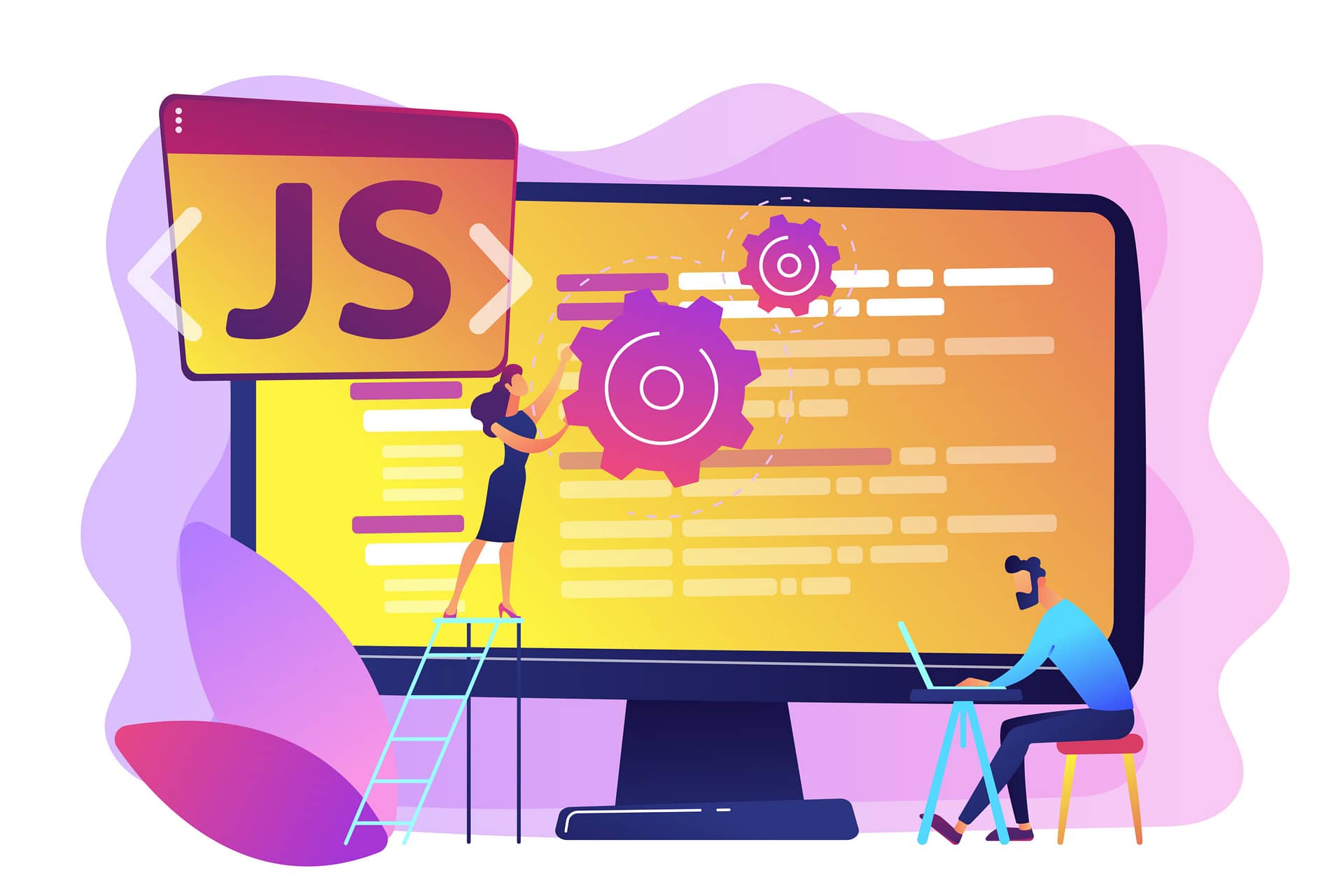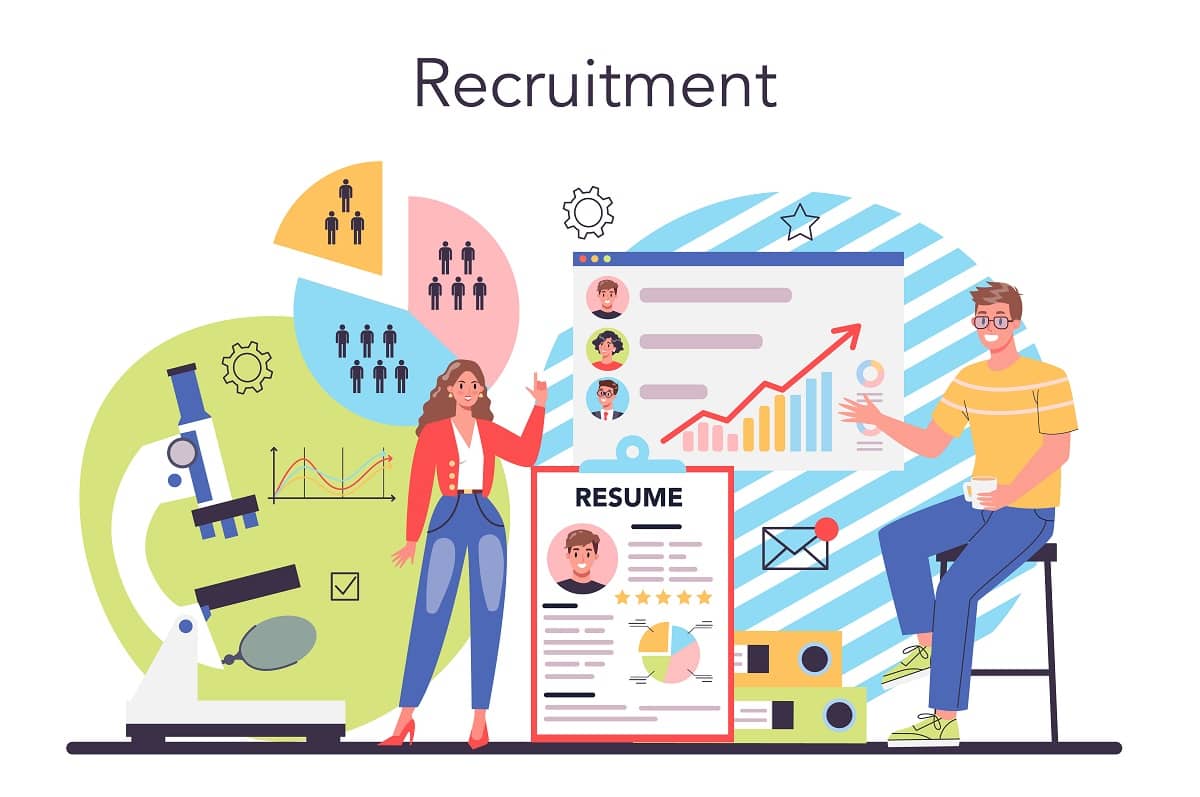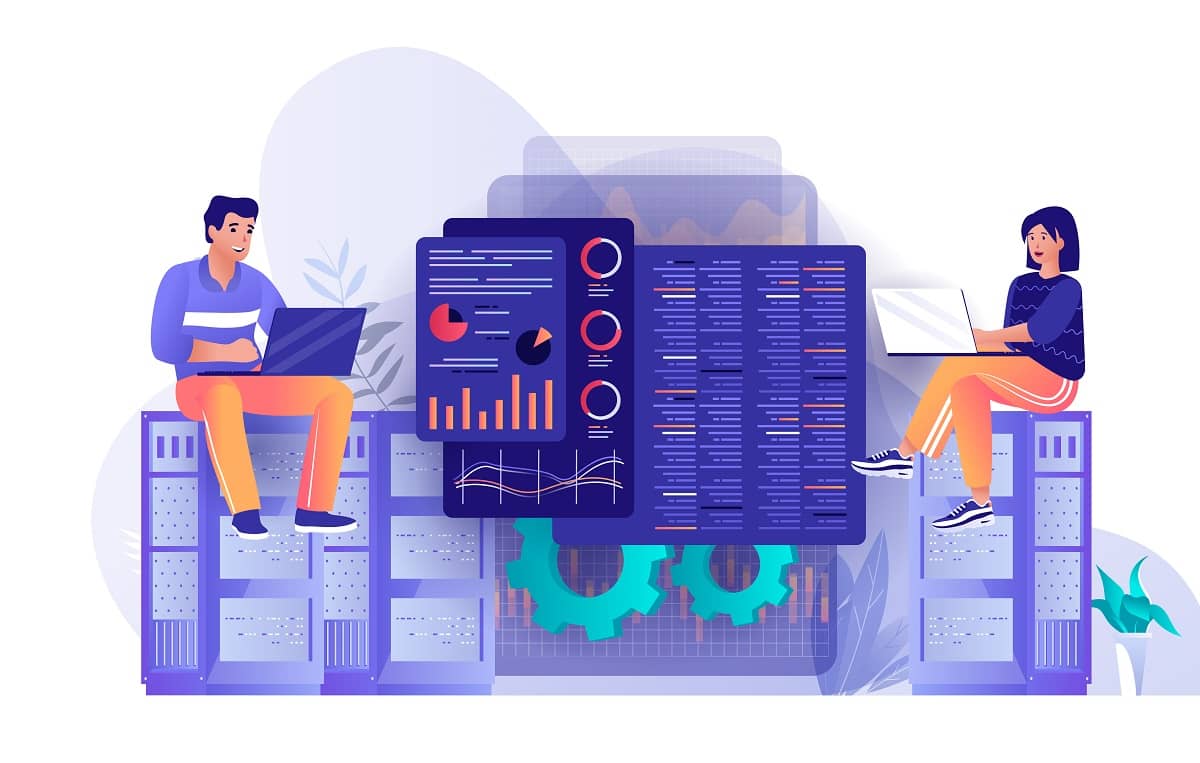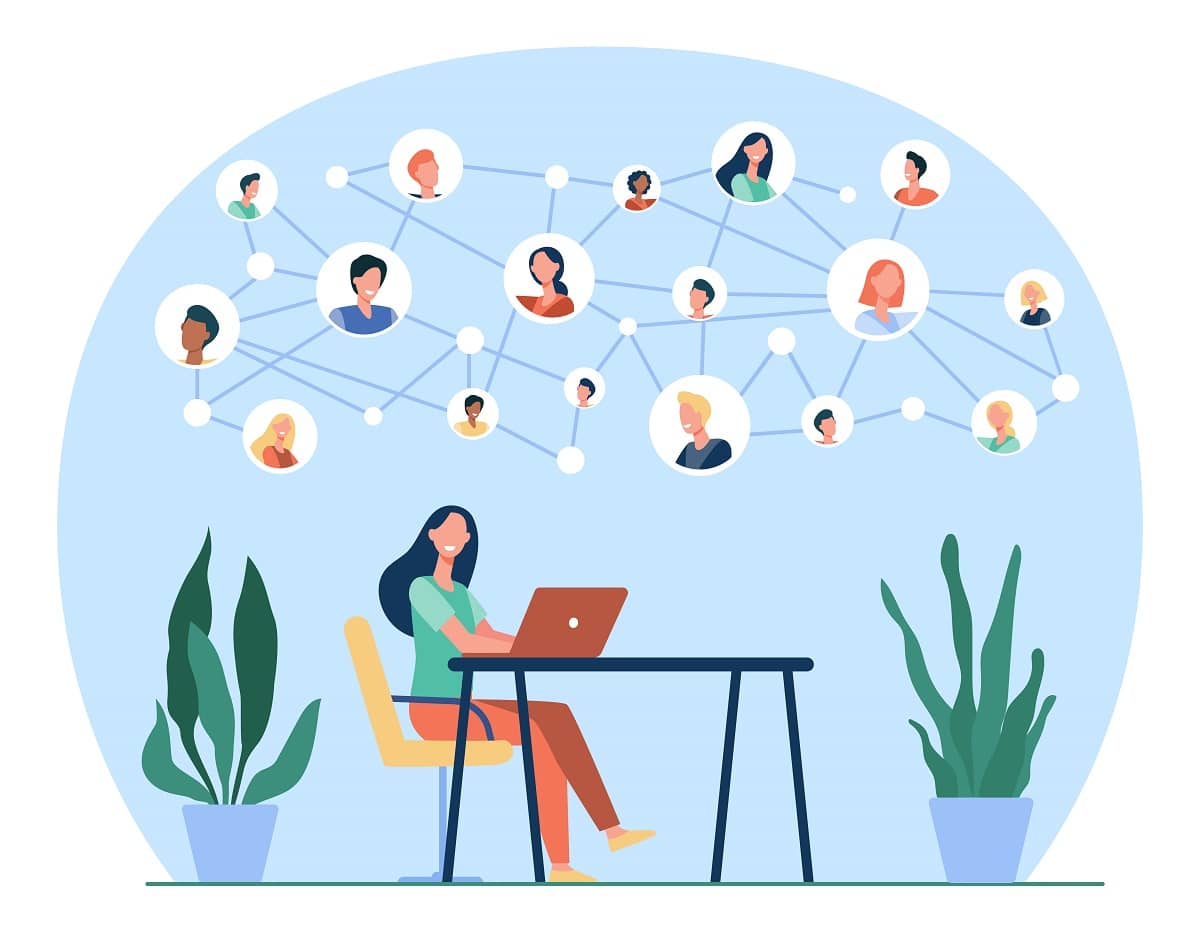Remote Staffing
Don’t Miss These 6 Java Developer Skills While Hiring in 2023
In the ever-evolving world of technology, Java continues to be a popular and widely used...
With COVID-19 disrupting how we work and forcing many of us to work from home, the term ‘distributed workforce’ is cropping up. In the past, this term was somewhat unheard of within the corporate HR sphere and has more commonly been heard in startup environments, or at trendy tech companies who are innovating how we work.
Post COVID-19, this term is taking on a new meaning now that so many businesses have realized that remote working can be very effective. We’re looking at the differences between remote working, distributed working and outsourcing to help you get to grips with the latest in remote work.
Remote work refers to any work that is done outside the office. This work may be done from home, a coffee shop, or even someone’s local park (if they’re willing to use their mobile data, that is).
In essence, remote working means working remotely from the office and from other colleagues. During the COVID-19 pandemic, we have all had to work remotely unless we work in critical sectors like health care and education.
Lockdowns have meant that remote working has become more widespread, with quite surprising results. For many businesses, this shift to remote working wasn’t easy, because they didn’t have the tools to manage a remote team.
However, as the pandemic drags out, businesses are adapting to these changes and now 80% of people are enjoying their remote working lifestyle, according to data from McKinsey. Many businesses are also investing in a Head Of Remote Working role to help manage the changes to a remote working environment.
Distributed work on the other hand is much more of a philosophy around how we work. As the thinkers at DropBox recently pointed out: “From a distributed work perspective, a company is just a collection of resources aligned on a common mission”. This is the ethos behind distributed work.
With remote working, people are still working in a common time zone or around a common location. Whereas with distributed work, workers simply get their allocated tasks done and collaboration and communication is asynchronous. The business model is set up so that the business could hire any talent from any location and they would still fit seamlessly into the team.
Within a distributed workforce, there will be one or more employees who work in a different location and this means that the work becomes more flexible. Whilst full-time employees will likely work around the traditional 9-5 in their time zone, the model is set up in such a way that trust is established and employees have the tools to communicate effectively.
Outsourcing is an interesting one, because it is carried out remotely, however it works on the distributed workforce model. When you outsource, you are becoming part of a delivery system where top talent can work from anywhere in the world and still deliver amazing results.
Outsourcing can be a great decision for companies looking to start building a more distributed workforce. When you outsource you:
If this sounds like something you’d like to hear more about, get in touch to discuss how a distributed workforce model could work for your business. Say hello to the global talent force today.

In the ever-evolving world of technology, Java continues to be a popular and widely used...

Remote work has been around for a while, but the COVID-19 pandemic accelerated its adoption....

Introduction: Case 1: In 2016, Ravi was a college dropout, and his decision to drop...

While degree-based hiring has been the traditional approach, the latest trend in IT recruitment is...

As per Glassdoor Data Engineering ranked in the top 15 of “50 Best Jobs in...

Global advances in technology are increasing the demand for skilled IT professionals at an exponential...

As the trend towards a remote working setup continues to grow, managing such teams has...

Outsourcing IT services has become increasingly popular among companies and business owners looking to expand...

According to Statista, the global mobile app revenue was estimated to be $581.9 billion in...